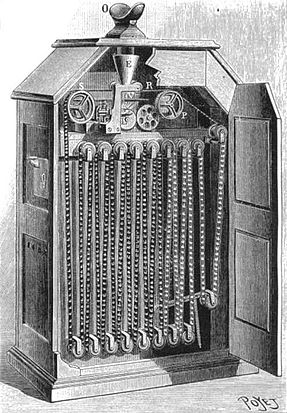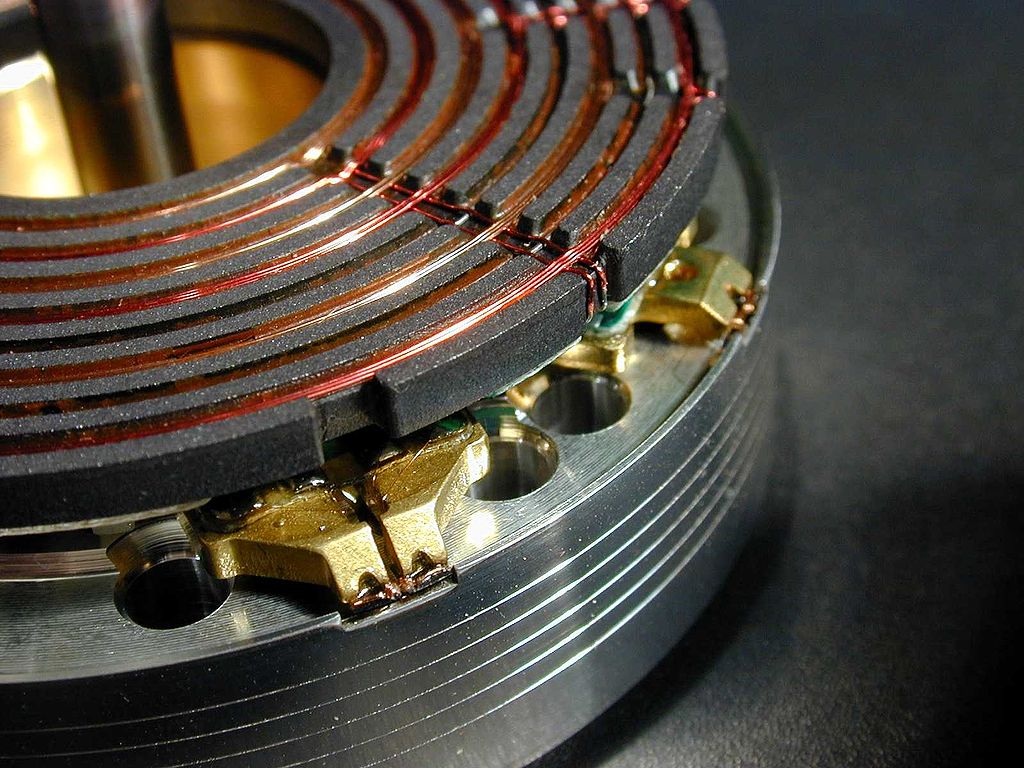Moving eye
Translate
Thursday 9 October 2014
Tuesday 7 October 2014
History of Editing
History Of Editing
Film editing is part of the creative post-production process of filmmaking. The term film editing is derived from the traditional process of working with film.Edweard Muybridge
Eadweard was an English photographer important
for his photographic studies of motion work. In
1872 a former governor of Ireland hired Eadweard
for some studies wether all four feet of a horse
were off the ground at the same time whilst
trotting. He did improvements to his camera
for quicker shutter speed. He placed numerous
large glass-plate cameras in a line along the edge
of the track, the shutter of each was triggered by
 a thread as the horse passed. Image Link
a thread as the horse passed. Image LinkEadweard was also famous for his invention, the zoopraxiscope, which is a device that was used for the showing of the horse moving. This device is in fact the first proper film projector for editing. As this is the first device it has went on to inspire others like Thomas Edison who made the second device, the kinetoscope. Image Link
As you can see from the picture on the side the picture is at low FPS. 24 FPS (frames per second) which is what most film makers in this time use, Eadweard did not have the advancement of equipment as we currently do. Eadweard used 12 images, or 12 FPS which was the highest he could use at the time, 1 frame being 1 image. So Eadweard used 12 frames which was put together in one second. Putting these images together does give the effect or illusion that creates movement for a film.
Video came from: Link
The video above is a 24fps vs 12fps comparison demonstrating the difference between 12fps
and 24 fps.
and 24 fps.
Thomas Edison
Thomas was an inventor and businessman.
He developed many devices one of them
being the motion picture camera. Edison
built a Kinetoscope, it lets people watch
simple, short films. Thomas Armat's Vita
scope was manufactured by the Edison
factory and marketed it in Edison's name.
It was used to project motion pictures in
public screenings in New York, he later
went on to motion pictures with voice
soundtrack on cylinder recordings,
mechanically synchronised with the film.
Image Link
 Edison was not the only one at the time working on celluloid film he began to hire some of them for his work, one of them being William Kennedy Dickson. According to Link "Dickson was a Scottish inventor who devised an early motion picture camera under the employment of Thomas Edison." Dickson did in fact devise the Kinetograph in the Edison lab with his team. The kinetoscope was designed for films for a single person to view through a peephole. The kinetoscope is shown in the image to the side. Image Link.
Edison was not the only one at the time working on celluloid film he began to hire some of them for his work, one of them being William Kennedy Dickson. According to Link "Dickson was a Scottish inventor who devised an early motion picture camera under the employment of Thomas Edison." Dickson did in fact devise the Kinetograph in the Edison lab with his team. The kinetoscope was designed for films for a single person to view through a peephole. The kinetoscope is shown in the image to the side. Image Link.Lumiere Brothers

The Lumiere Brothers, Auguste and Louis
were well known for the Cinematograph, the Cinematograph is a motion film camera, its basically the second motion picture movie camera. Edison's kinetoscope being the first. Auguste and Louis were known sons of Antoine Lumiere. Antoine is the man who believably started Auguste and Louis off, Antoine encouraged Louis to make a better, more advanced and more profitable motion picture camera.
The brothers joined together to make this device. It was successful and the finished product is in the picture below. According to Link. "The device was first invented and patented as the Cinematographe Leon Bouly by French inventor Leon Bouly on Febuary 12, 1892. Due to lack of money, Bouly was unable to develop his ideas properly and maintain his patent fees, so he sold his right to the device and its name to the Lumiere Brothers." So the main idea for this came from Leon but the Lumieres actually made it happen. (Image Location)
Editing and its history
Editing used to not be a thing in films believe it or not, in all of film making history editing in early times didnt happen because the makers of the film were afraid to edit it as it may have confused the audience and possibly not give a story, they believed leaving it as it was would satisfy the audience, however later on film makers decided to change it up by making stories that are complex for the the audience to understand, and putting shots in a sequence.
Editing was later introduced in the camera by a man called George Melies, George had the idea of editing whilst in the camera. He wanted to make his dream come true by making an offer to the Lumiere brothers, even though they refused the offer George went on to buy an Animatograph which he modified into his own camera.
A common technique that George used was fading in and out which was founded by him as well as many other techniques such as dissolving. In the picture below is George Melies
Linear Editing is quite a good technique, its using a video deck for footage, cut it and move to another deck also known as a master deck which is the main, final deck. The edit must be though through correctly though as once it enters the deck it cant come out till finished. Linear editing improved over time with new devices, one of them being a Helical scan system. This device added a bigger bandwidth making the tape easier to see what in each of the frames. The picture below shows the Helical scan system.
A technique which is opposite to Linear Editing, Non Linear Editing. with this technique you can cut, copy and paste a clip where ever, and control where the clips are going to be in a certain order. Non Linear is more of a creative side of editing. Non Linear is done on the computer with certain software unlike Linear where it used machines such as Steenbecks.
In this time the modern time editing has taken a big advancement to what it used to be as editing now is simply just computer based, it uses software such as Adobe Premiere Pro and Avid.
Editing's main purpose is to create a story that engages and inspires the audience.
Thursday 2 October 2014
Subscribe to:
Posts (Atom)







